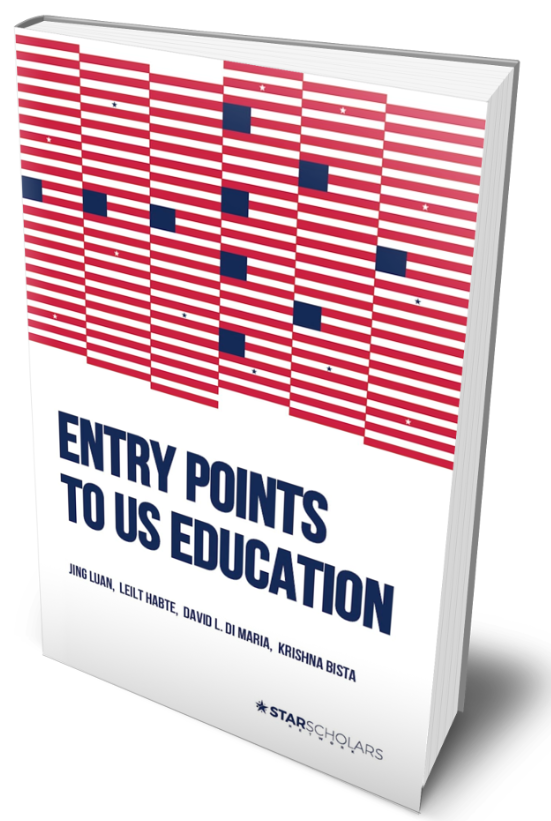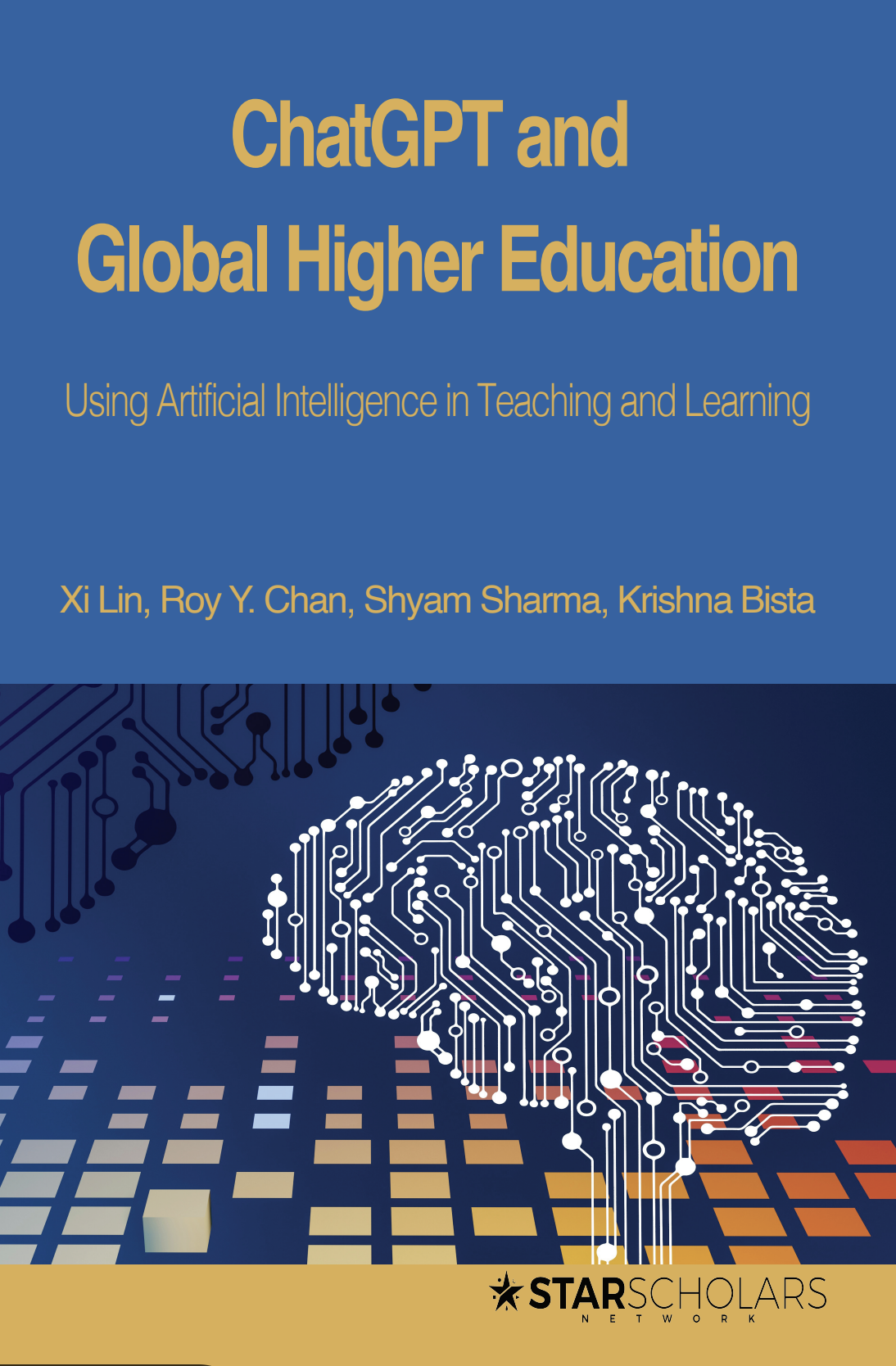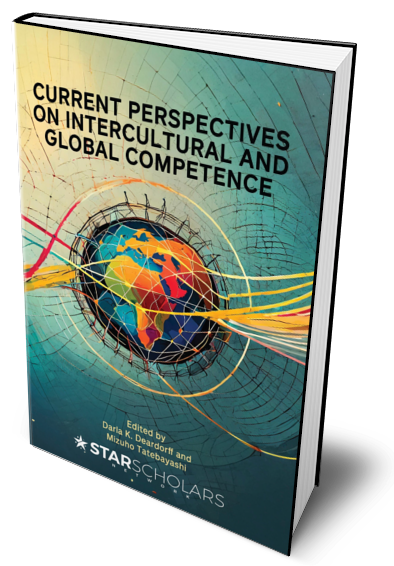Diverse Entry Points to Degree Studies in the United States
Published
Synopsis
Mirka Martel Head of Research, Evaluation & Learning, Institute of International Education, New York, United States
Julie Baer Research Specialist, Institute of International Education, New York, United States
Abstract
There are many entry points for more than one million international students at higher education institutions in the U.S. While international students may enroll directly in undergraduate or graduate programs or pursue study at community colleges, others take advantage of the many additional pipelines to higher education, including high school studies and intensive English programs. Drawing upon quantitative data from the Open Doors Report on International Educational Exchange and the Department of Homeland Security’s Student Exchange Visitor Information System (SEVIS), this chapter explores the landscape of international students at U.S. colleges and universities and the possible origins of their academic journeys, as well as pathways to study for prospective students looking to learn in the U.S.
Keywords: International students, global student mobility, Open Doors, SEVIS, high schools, community colleges, intensive English programs, entry points
How to cite this chapter: Martel, M., & Baer, J. (2024). Diverse entry points to degree studies in the United States. In J. Luan, L. Habte, D. L. Di Maria, & K. Bista (Eds.), Entry points to US education: Accessing the next wave of growth (pp. 28-41). Star Scholars Press. DOI: https://doi.org/10.32674/4r0sfm57





